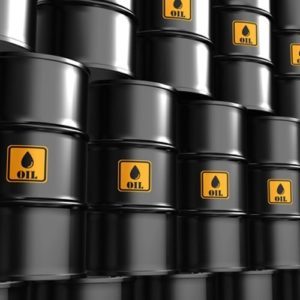-
Continuing fallout from Russian invasion of Ukraine sees Europe surviving energy scarcity, as sanctions, price cap and cooler market begin to reduce Russian budget
Date posted:
-
-
-
Post Author
Patrick LaveryCombustion Industry News Editor
-

A number of stories have been published in recent weeks looking at the macro- and micro-picture of European and global energy dynamics following the Russian invasion of Ukraine.
Two separate articles in the Financial Times have painted the weaponisation by Russia of energy as having failed to have fired as required – at least so far – for a number of reasons. Most immediately, Europe has so far had enough energy to supply its needs, and although prices rose extremely high last year (to 11 times ‘normal’ for gas) and are still relatively high compared to previous winters (at about double). This is a more bearable level, through a combination of some warmer winter weather than expected, energy savings, supplies secured from other providers, and dampened demand from China.
At the start of this year, European gas stores were on average 85% full, compared to about 70% in previous years, giving an idea of the buffer that the region has been able to create. Words of caution have come from Dr Fatih Birol, head of the International Energy Agency, who said that “many of the circumstances that allowed EU countries to fill their storage sites ahead of this winter may well not be repeated in 2023”. However, some energy efficiency savings may persist, while power generation from renewables within Europe will increase, as will LNG import capacity, all positive signs for Europe’s longer-term energy security, with the caveat that prices will probably remain higher than if the invasion did not take place. For Russia, however, it appears that a hugely important trading region has mostly been lost as a customer, something that will be difficult to recover.
Although revenues for Russia for sales of its fossil fuels have been considerably elevated since the beginning of the energy crisis, the imposition of the US$60/barrel cap on Russian oil is, according to the Financial Times, beginning to worry Russian officials. In mid-January, Russian leader Vladimir Putin told officials to “look at this discount so that it does not create any budget problems”, after saying in December that there was no reason to “worry about the budget”. The “discount” was already in effect to some extent even before Western powers officially imposed the price cap (through restricting marine insurance for vessels that carry Russian crude), as Western countries reduced their purchases, creating leverage for procuring countries, such as India and China, to buy cheaper. But with Brent crude prices predicted to average US$83/barrel this year, and the difference between Brent and Urals crude being around $35-40/barrel, Russian companies may be forced to accept prices significantly under the cap, denting government revenues.
The Helsinki-based Centre for Research on Energy and Clean Air has estimated that the situation is depriving Russia of €160 million per day, and Russia’s own budget predicts 23% less revenue from oil and gas this year compared to last (a bumper year), based on prices at US$50/barrel of Urals crude and a reduction in output of 7-8%. It would take a greater fall, however, according to analysis cited by the FT, to seriously impact Russia’s ability to finance its war.
Finally, in other news related to the Russian invasion of Ukraine, one of the chief investors in Nord Stream 2, Germany’s Wintershall Dea, has said it will withdraw from business in Russia, which it had continued to conduct (with exploration and production) over the last year. The company gained around one-fifth of its pre-tax profit from its Russian business last financial year, meaning the withdrawal will make a sizeable dent on its financial bottom line. Chief executive Mario Mehren, described relations as no longer tenable, and that “Russia’s war of aggression in Ukraine” had destroyed the potential for cooperation.
